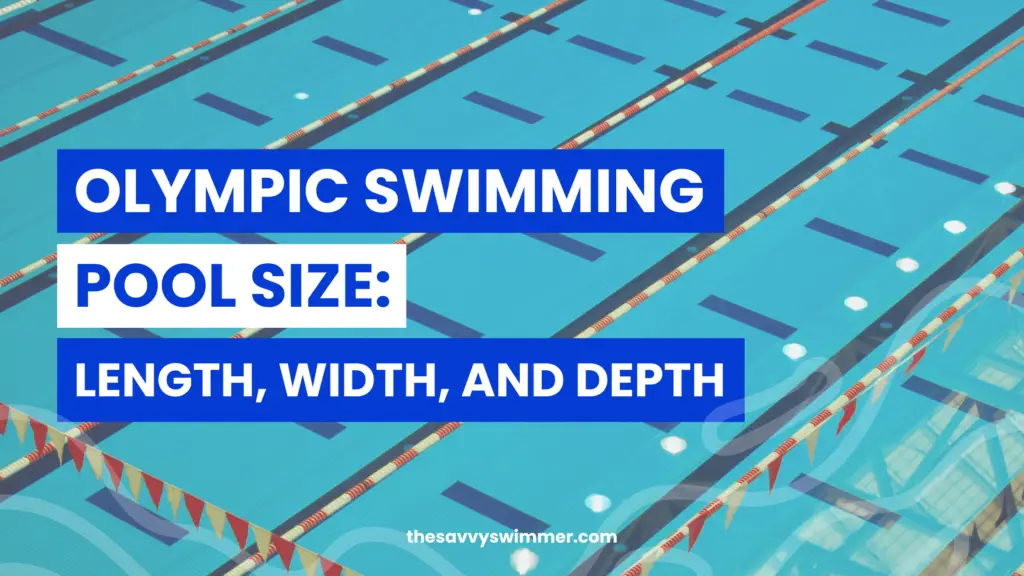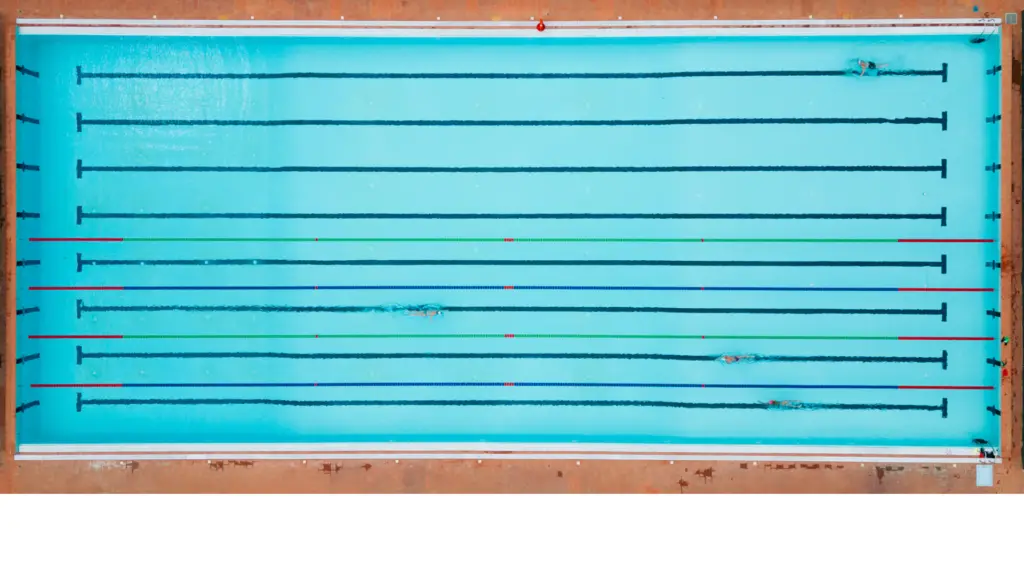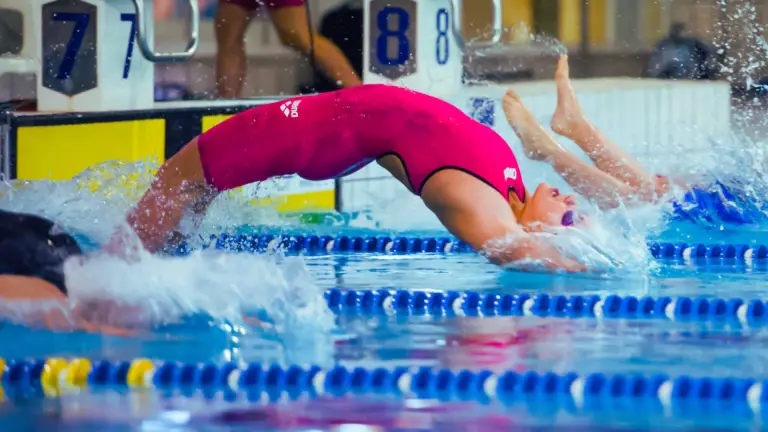
Swimming has been a cornerstone of the Olympic Games since its inception in 1896. Over the years, the design and specifications of the pools used in these competitions have evolved, leading to the establishment of the Olympic size swimming pool. These pools are not just bodies of water; they are a testament to the importance of standardization in sports. Uniform pool dimensions ensure a level playing field for all competitors, regardless of the location of the games.
The standardization of competition pools is overseen by the Fédération Internationale de Natation (FINA), the international governing body for water sports. FINA’s standards for competition pools are followed worldwide, ensuring that every athlete competes under the same conditions. You can learn more about FINA’s standards here.
Dimensions of an Olympic Swimming Pool
When we talk about an Olympic swimming pool, we’re referring to a specific set of dimensions. These dimensions are not arbitrary; they have been carefully chosen to facilitate fair and consistent competition.
- Length: The length of an Olympic swimming pool is a standard 50 meters. This length is often referred to as a “long course,” distinguishing it from the “short course” length of 25 meters or yards used in some competitions. The 50-meter length ensures swimmers have a substantial distance to compete, testing their endurance and technique.
- Width: An Olympic swimming pool has a width of 25 meters. This width accommodates ten lanes, each 2.5 meters wide, but only eight are used for competitions. The two outer lanes are left empty to absorb waves generated by the swimmers and prevent them from affecting the competition.
- Depth: The depth of an Olympic swimming pool is a minimum of 2 meters, with a recommended depth of 3 meters. A deeper pool reduces the impact of waves created by the swimmers, leading to faster times. The depth also ensures the safety of the swimmers during starts and turns.
- Lane Width: The lanes in an Olympic swimming pool are 2.5 meters wide. This width provides enough space for swimmers to compete without interference from their neighbors. Each lane is marked by lane lines that dampen waves and guide the swimmers.
The dimensions of an Olympic swimming pool are a testament to the precision and fairness that underpin the Olympic Games. For more information about the Olympic Games and the sports held within these pools, visit the official Olympic website.
The Volume of an Olympic Swimming Pool

The volume of an Olympic swimming pool is another critical aspect of its design. The volume is a direct result of the pool’s length, width, and depth.
For an Olympic-sized swimming pool with a length of 50 meters, a width of 25 meters, and a depth of 2 meters, the volume is a staggering 2.5 million liters or 660,430 gallons of water!
To help visualize this, consider that a standard bathtub holds around 150 liters of water. This means that an Olympic swimming pool holds the equivalent of approximately 16,667 bathtubs. That’s a lot of water!
Differences Between Olympic and Non-Olympic Pools
While the Olympic swimming pool is the gold standard for international competition, there are other types of pools used in various swimming events. Two common types are the 25-meter and 25-yard pools.
- 25-Meter Pools: These pools are half the length of an Olympic pool. They are often used for “short course” competitions, which require swimmers to make more turns than in a “long course” event. More turns can lead to faster times due to the speed gained from pushing off the wall.
- 25-Yard Pools: These pools are slightly shorter than 25-meter pools, with a length of about 22.86 meters. They are commonly found in the United States and are used for collegiate and high school competitions.
The terms “long course” and “short course” refer to the length of the pool. A long course pool is 50 meters long, while a short course pool is either 25 meters or 25 yards long. The type, of course, can significantly impact a swimmer’s strategy and performance, as the number of turns and the time spent underwater can vary.

Whether it’s an Olympic pool, a 25-meter pool, or a 25-yard pool, each has its unique characteristics and challenges. For more insights into the world of competitive swimming, check out the International Swimming League.
Uses of Olympic Swimming Pools
Olympic swimming pools are not just for swimming laps; they serve as the stage for various aquatic events in the Olympic Games. These include:
- Synchronized Swimming: This is a hybrid form of swimming, dance, and gymnastics, where swimmers perform synchronized routines of elaborate moves in the water.
- Water Polo: This is a team sport played in the water, where the objective is to score by throwing a ball into the opponent’s goal.
Beyond the Olympics, these pools are also used for international competitions such as the World Championships and FINA events. You can learn more about these events here.
FAQ
Conclusion
The Olympic swimming pool is more than just a body of water. Its standardized dimensions of 50 meters in length, 25 meters in width, and a minimum depth of 2 meters make it a symbol of fairness in competitive swimming. The pool’s volume of 2.5 million liters accommodates a variety of aquatic events, from freestyle swimming to water polo. Whether it’s a long course Olympic pool or a short course 25-meter or 25-yard pool, each offers unique challenges and opportunities for swimmers. The Olympic swimming pool, in all its depth and breadth, truly embodies the spirit of competitive swimming. For more insights into the world of competitive swimming, visit The Savvy Swimmer.





